Myths about teaching can hold you back
- Year 2
- Year 2
Animal habitats
I can explain why different animals live in different habitats.
These resources were made for remote use during the pandemic, not classroom teaching.
Switch to our new teaching resources now - designed by teachers and leading subject experts, and tested in classrooms.
Lesson details
Key learning points
- A habitat is where a group of plants and animals live.
- A habitat provides the things an animal or plant needs to survive.
- Most living things live in habitats to which they are suited.
- Different animals live in different habitats, depending on their basic needs.
Keywords
Animals - An animal is a living thing which moves and eats other animals or plants.
Living - Something that is living is alive. It can grow, reproduce, move, feed and get rid of waste material.
Habitat - The place where a plant or animal lives is called its habitat.
Suitable - Someone or something that is suitable for a particular purpose or occasion is right or acceptable for it.
Basic needs - A living thing's basic needs must be met for them to stay alive.
Common misconception
An animal’s habitat is like its ‘home’. Habitats can be divided into 'hot' and 'cold' habitats.
Examples and photographs showing different habitats.
To help you plan your year 2 science lesson on: Animal habitats, download all teaching resources for free and adapt to suit your pupils' needs...
To help you plan your year 2 science lesson on: Animal habitats, download all teaching resources for free and adapt to suit your pupils' needs.
The starter quiz will activate and check your pupils' prior knowledge, with versions available both with and without answers in PDF format.
We use learning cycles to break down learning into key concepts or ideas linked to the learning outcome. Each learning cycle features explanations with checks for understanding and practice tasks with feedback. All of this is found in our slide decks, ready for you to download and edit. The practice tasks are also available as printable worksheets and some lessons have additional materials with extra material you might need for teaching the lesson.
The assessment exit quiz will test your pupils' understanding of the key learning points.
Our video is a tool for planning, showing how other teachers might teach the lesson, offering helpful tips, modelled explanations and inspiration for your own delivery in the classroom. Plus, you can set it as homework or revision for pupils and keep their learning on track by sharing an online pupil version of this lesson.
Explore more key stage 1 science lessons from the Living things and where they live unit, dive into the full primary science curriculum, or learn more about lesson planning.

Equipment
Addressed envelopes, postcard templates, paper, pencils or pens.
Content guidance
- Exploration of objects
Supervision
Adult supervision recommended
Licence
Prior knowledge starter quiz
6 Questions
Q1.Which of these is a living thing?
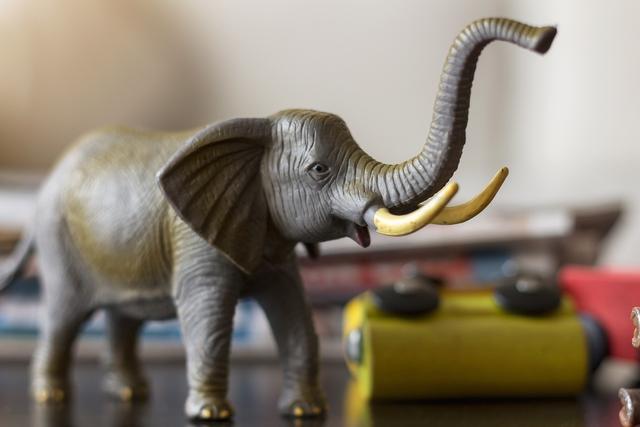
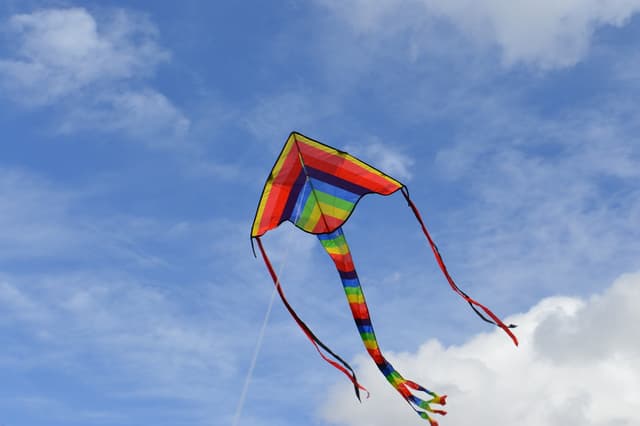
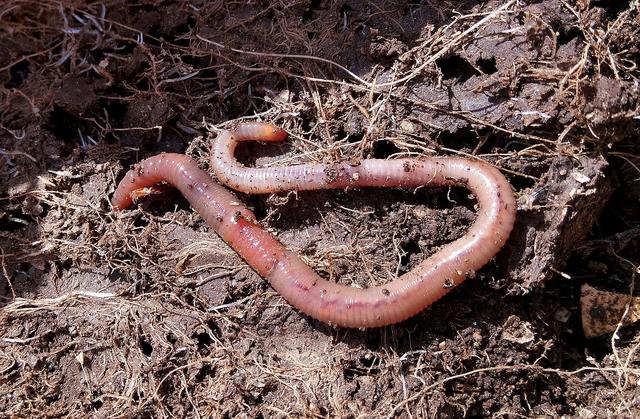
Q2.To stay alive, living things need food, air and ...
Q3.Which of these is a non-living thing?
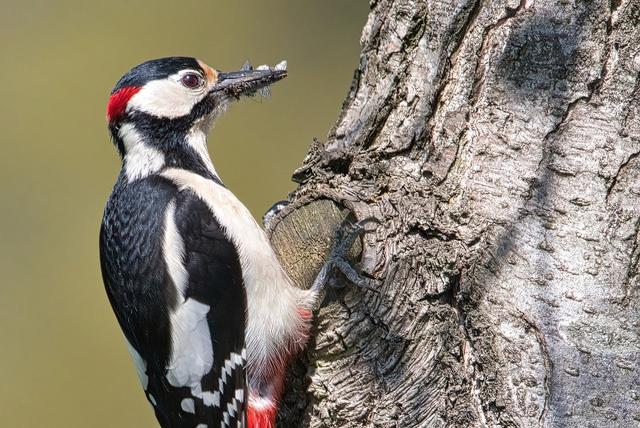
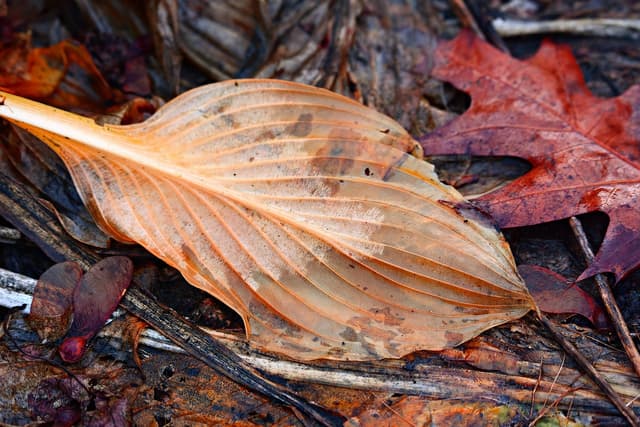
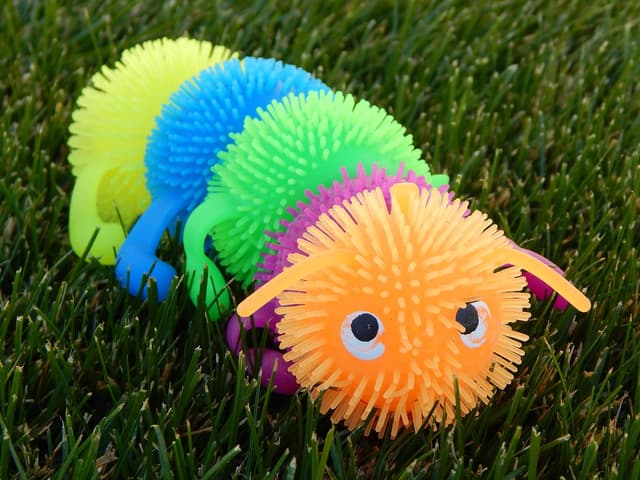
Q4.These leaves have fallen from a tree. How would we describe these leaves?
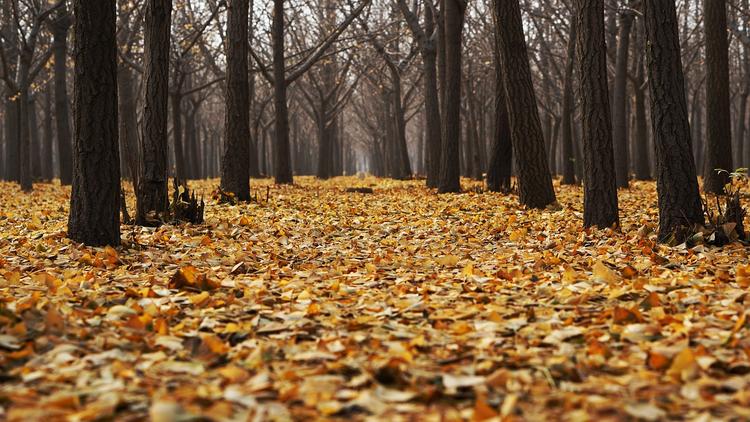
Q5.Scientists can sort things into alive and not alive. This is called ...
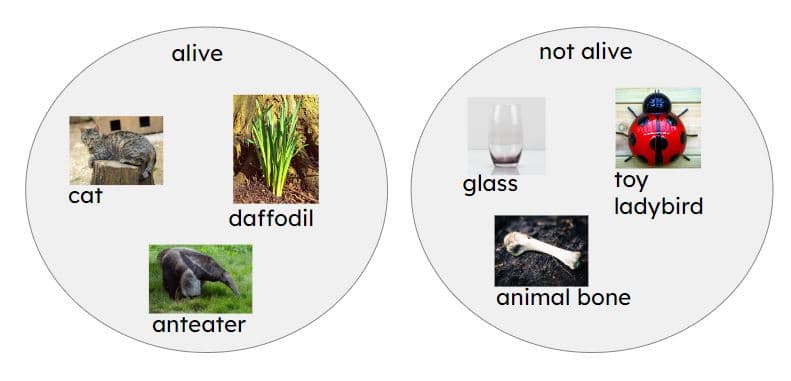
Q6.Izzy is grouping things into alive, dead and never alive. Which things should she put into the never alive group?

Assessment exit quiz
6 Questions
Q1.What is the name for a place where plants and animals live?
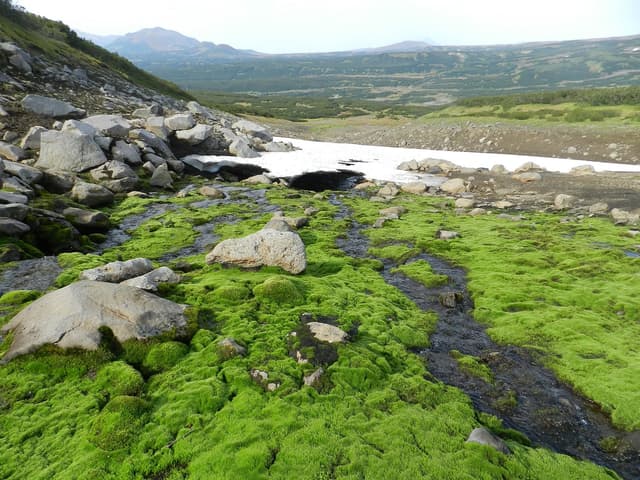
Q2.What is a living thing?
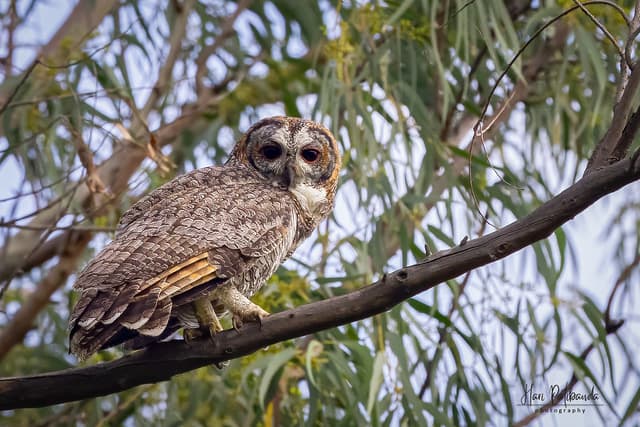
Q3.Why do living things live in different habitats?
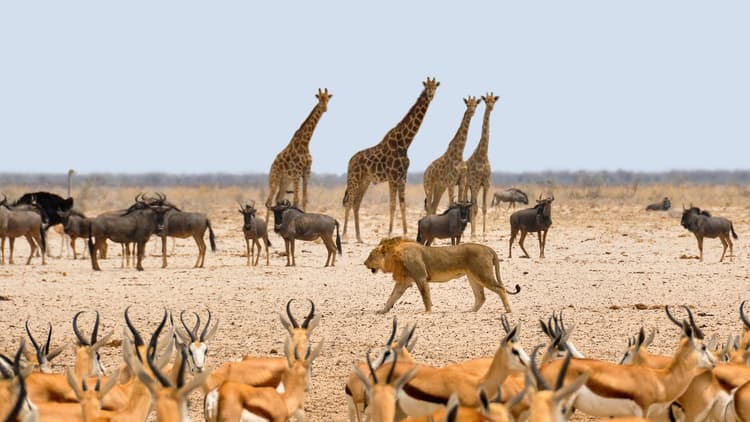
Q4.A seal's habitat is near to the sea. Why is this a good place for a seal to live?
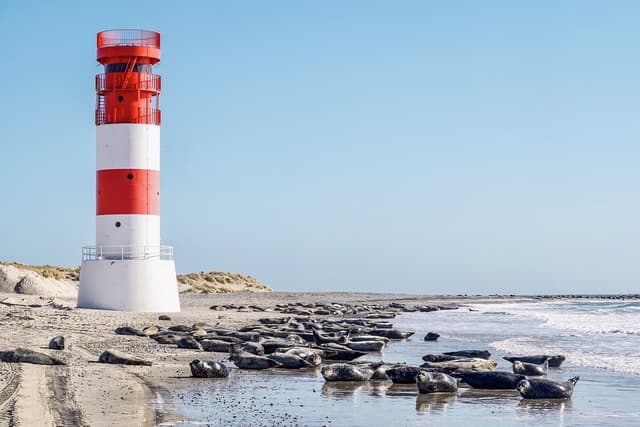
Q5.Is a desert a suitable habitat for a hippo?
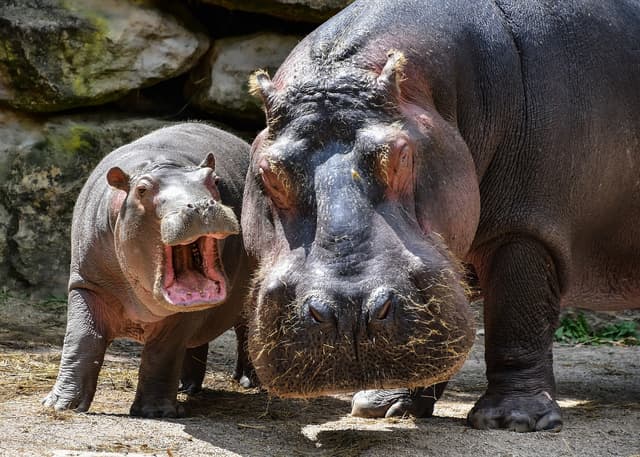
Q6.Match each animal to its habitat.

coral reef
woodland
the Arctic
rainforest


